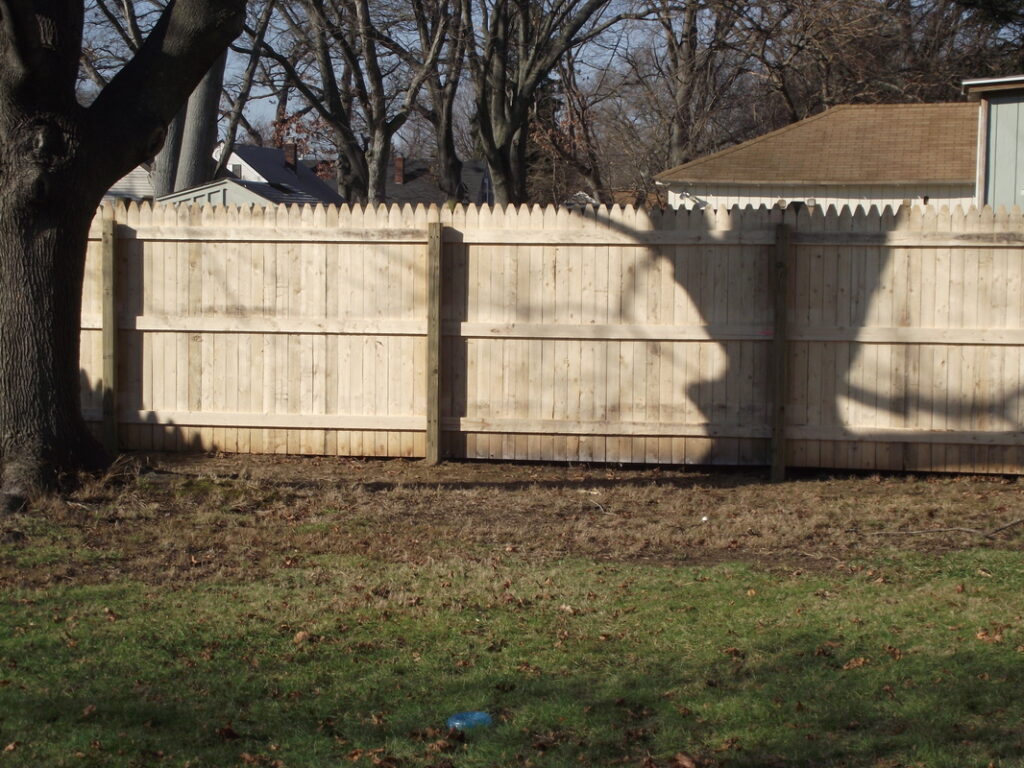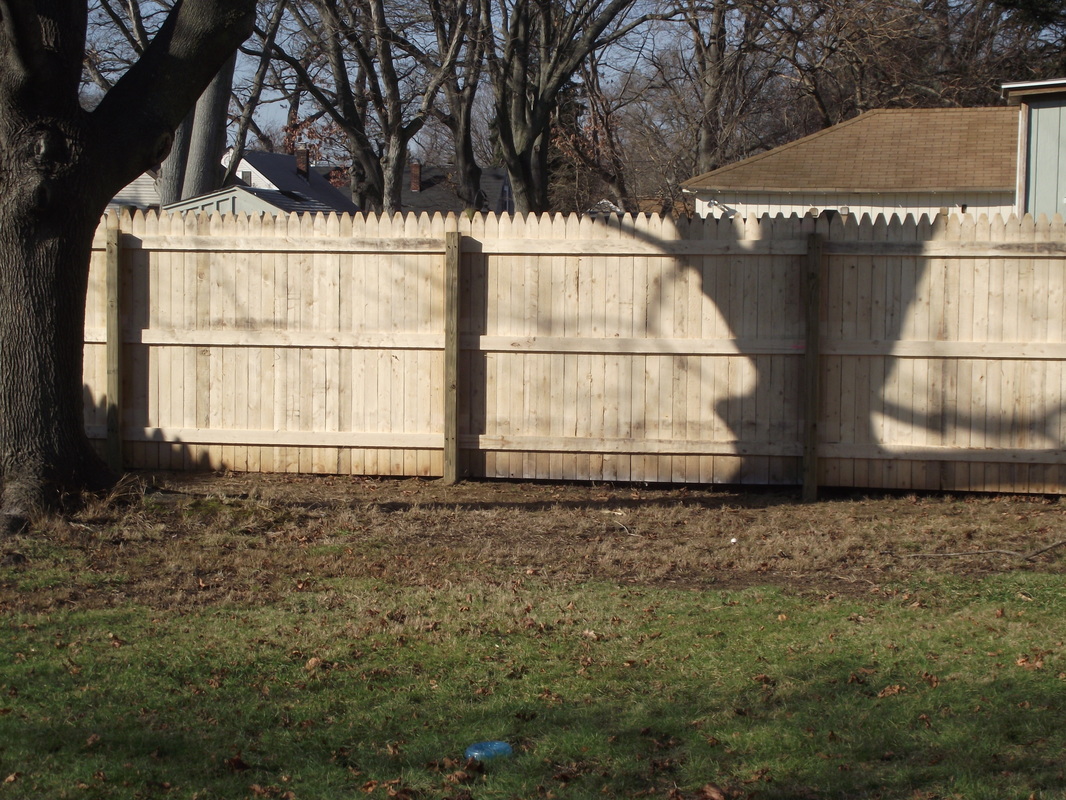
Economy Fence: Affordable Fencing Solutions for Every Budget
In today’s economic climate, finding cost-effective solutions for home improvement projects is more important than ever. An economy fence provides an affordable way to enhance security, define property lines, and improve curb appeal without breaking the bank. This article will explore the various aspects of economy fence options, including materials, installation, maintenance, and considerations for choosing the right fence for your needs. Whether you’re a homeowner on a tight budget or a property manager looking for a practical fencing solution, understanding the nuances of an economy fence is crucial for making an informed decision.
Understanding the Need for Affordable Fencing
The demand for economy fence solutions stems from a variety of factors. Rising material costs, labor expenses, and overall economic uncertainty have made budget-friendly options increasingly attractive. Homeowners often face the dilemma of needing a functional and aesthetically pleasing fence without incurring significant financial strain. Landlords and property managers managing multiple units also seek cost-effective ways to maintain property boundaries and security. The economy fence market addresses this need by offering a range of materials and styles that balance affordability with durability and visual appeal.
Popular Economy Fence Materials
Several materials are commonly used in economy fence construction, each with its own advantages and disadvantages:
- Chain-Link Fencing: Often considered the most affordable fencing option, chain-link is durable, low-maintenance, and provides effective security. It’s a popular choice for residential, commercial, and industrial applications. While it may not be the most aesthetically pleasing option, it can be enhanced with privacy slats or climbing plants.
- Wood Picket Fencing: A classic and charming choice, wood picket fences offer a balance of affordability and visual appeal. Pine and cedar are common wood options, but they require regular maintenance, including painting or staining, to prevent rot and decay. The cost of a wood economy fence can vary depending on the type of wood and the complexity of the design.
- Vinyl Fencing: While typically more expensive than chain-link or wood, vinyl fencing offers long-term value due to its durability and low maintenance requirements. Vinyl is resistant to rot, pests, and weathering, making it a cost-effective option over time. An economy fence made of vinyl will last for many years.
- Wire Mesh Fencing: Commonly used for agricultural purposes, wire mesh fencing can also be a budget-friendly option for residential properties, particularly for containing pets or defining garden boundaries. It’s relatively easy to install and can be combined with wooden posts for added stability and visual appeal.
Factors Affecting the Cost of an Economy Fence
The overall cost of an economy fence project depends on several factors:
- Material Costs: As mentioned earlier, the type of material chosen significantly impacts the overall cost. Chain-link is generally the least expensive, while vinyl is typically more costly upfront.
- Fence Height and Length: The taller and longer the fence, the more materials and labor will be required, increasing the total cost.
- Installation Costs: Professional installation can add a significant expense, but it ensures proper construction and longevity. DIY installation can save money, but it requires time, skill, and the right tools.
- Site Preparation: Uneven terrain, obstacles like trees or rocks, and the need for excavation can increase installation costs.
- Permits and Regulations: Local building codes and regulations may require permits, which can add to the overall expense.
DIY vs. Professional Installation for an Economy Fence
Deciding whether to install an economy fence yourself or hire a professional is a crucial decision. DIY installation can save money on labor costs, but it requires careful planning, the right tools, and a good understanding of fencing techniques. Mistakes can lead to structural problems and additional expenses in the long run. Professional installers have the experience and equipment to ensure a properly constructed fence that meets local building codes. While it’s more expensive upfront, professional installation can provide peace of mind and long-term value. Consider the complexity of the project, your skill level, and the time you have available when making this decision. A poorly installed economy fence will quickly become a costly problem.
Tips for Saving Money on Your Economy Fence Project
Here are some practical tips for reducing the cost of your economy fence project:
- Compare Quotes: Get multiple quotes from different fencing contractors to ensure you’re getting the best price.
- Choose Affordable Materials: Opt for cost-effective materials like chain-link or treated pine.
- DIY Where Possible: If you’re comfortable with basic construction, consider tackling some of the simpler tasks yourself, such as removing existing fencing or preparing the site.
- Buy Materials in Bulk: Purchasing materials in bulk can often result in significant savings.
- Consider Seasonal Discounts: Fencing contractors may offer discounts during the off-season.
- Negotiate: Don’t be afraid to negotiate with contractors on price and payment terms.
Maintenance and Longevity of Economy Fences
Proper maintenance is essential for extending the lifespan of your economy fence. Different materials require different maintenance routines:
- Chain-Link: Requires minimal maintenance. Periodically check for rust and repair any damaged sections.
- Wood: Needs regular painting or staining to protect it from moisture and pests. Inspect for rot and replace damaged boards promptly.
- Vinyl: Easy to clean with soap and water. Resistant to rot and pests, but can be damaged by impact.
- Wire Mesh: Check for rust and repair any broken or damaged sections. Keep vegetation clear to prevent corrosion.
Investing in proper maintenance will help your economy fence last longer and maintain its appearance, saving you money in the long run. A well-maintained economy fence is an investment in your property.
Aesthetic Considerations for an Economy Fence
While affordability is a primary concern, aesthetics should also be considered. An economy fence doesn’t have to be unattractive. Here are some ways to enhance the visual appeal of your fence:
- Add Privacy Slats: Privacy slats can be added to chain-link fences to provide privacy and visual interest.
- Paint or Stain Wood Fences: Choose colors that complement your home’s exterior.
- Plant Climbing Vines: Climbing vines can add a touch of nature and soften the appearance of any fence.
- Add Decorative Elements: Consider adding decorative post caps or other embellishments.
The Environmental Impact of Economy Fencing
The environmental impact of an economy fence depends on the materials used. Wood fences, if sourced from sustainable forests, can be an environmentally friendly option. Vinyl fences are durable and long-lasting, reducing the need for frequent replacements. Chain-link fences are recyclable. Consider the environmental impact of your fencing choice and opt for sustainable materials whenever possible. Look for certifications like FSC (Forest Stewardship Council) for wood products.
Economy Fence: Security and Privacy Considerations
An economy fence can provide a basic level of security and privacy. Chain-link fences deter casual trespassers, while wood and vinyl fences offer more privacy. Consider the height and design of the fence when assessing its security and privacy benefits. For enhanced security, consider adding features like barbed wire or security cameras. However, remember that an economy fence is generally not designed to provide the same level of security as a high-security fence.
Legal and Regulatory Considerations for Economy Fences
Before installing an economy fence, it’s important to check local building codes and regulations. Many municipalities have restrictions on fence height, materials, and placement. You may need to obtain a permit before starting your project. Failure to comply with local regulations can result in fines or the need to remove the fence. Check with your local planning department or homeowners association to ensure your fence meets all requirements.
The Future of Economy Fencing
The economy fence market is likely to continue to evolve as new materials and technologies emerge. Innovations in recycled materials and sustainable manufacturing practices could lead to more environmentally friendly and cost-effective fencing options. The demand for affordable fencing solutions will likely remain strong, driven by economic factors and the ongoing need for security and property delineation. Smart fencing technologies, such as integrated security systems and automated gate controls, may also become more prevalent in the economy fence market.
Conclusion: Making the Right Choice for Your Economy Fence
Choosing the right economy fence requires careful consideration of your budget, needs, and aesthetic preferences. By understanding the various materials, installation options, and maintenance requirements, you can make an informed decision that provides long-term value and enhances your property. Whether you opt for a simple chain-link fence or a charming wood picket fence, an economy fence can be a practical and affordable solution for defining your property lines, improving security, and adding curb appeal. Remember to prioritize quality materials and proper installation to ensure the longevity of your investment. [See also: Fence Installation Guide] [See also: Choosing the Right Fence Material] [See also: Fence Maintenance Tips]

